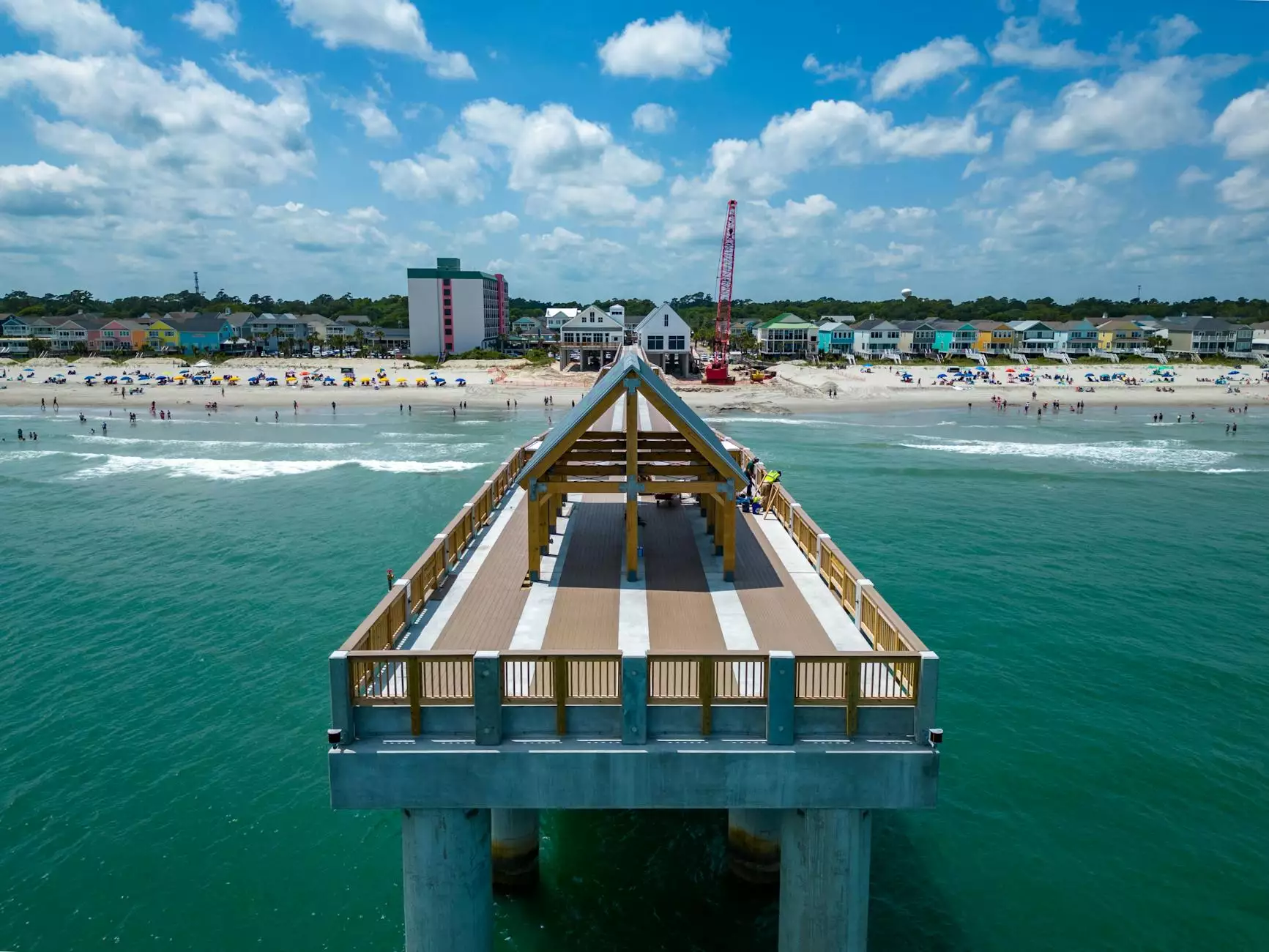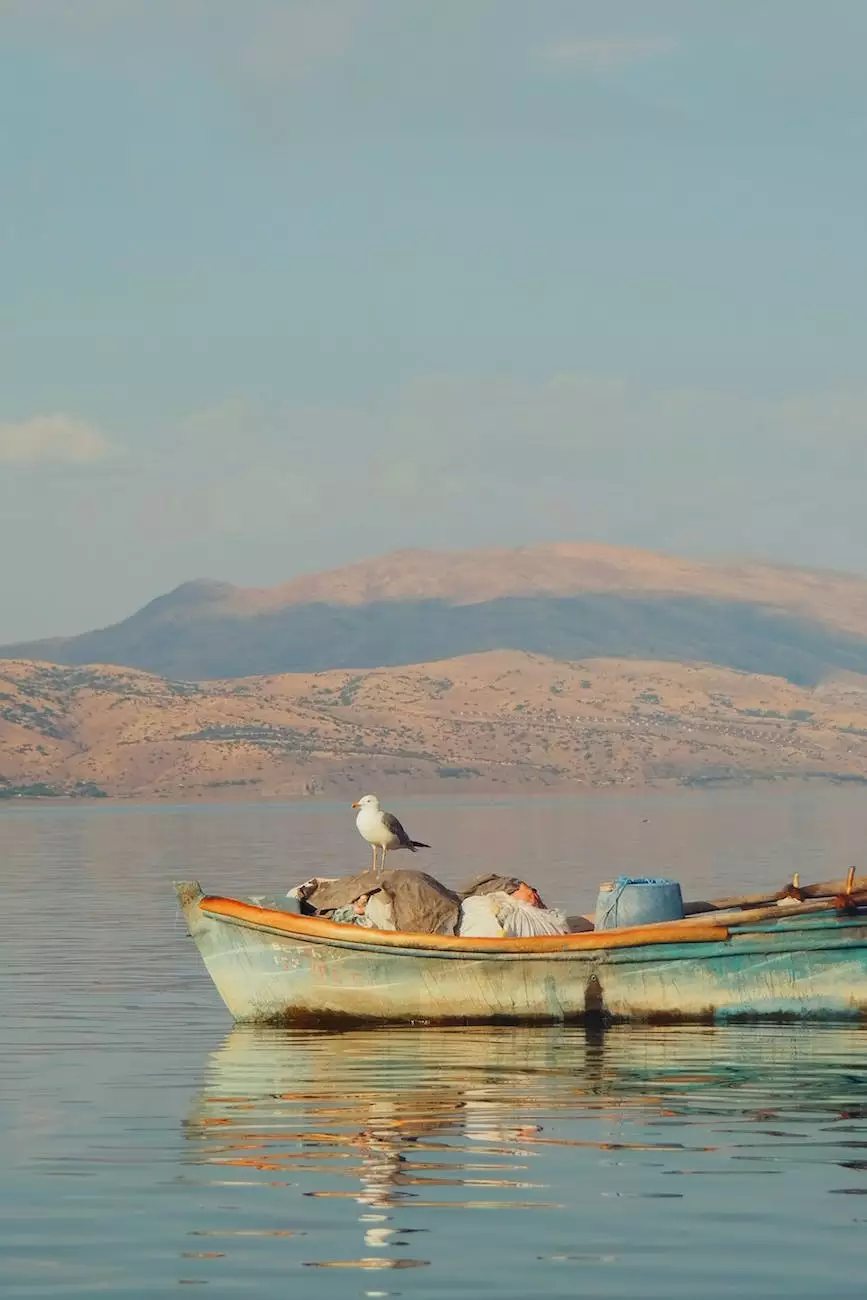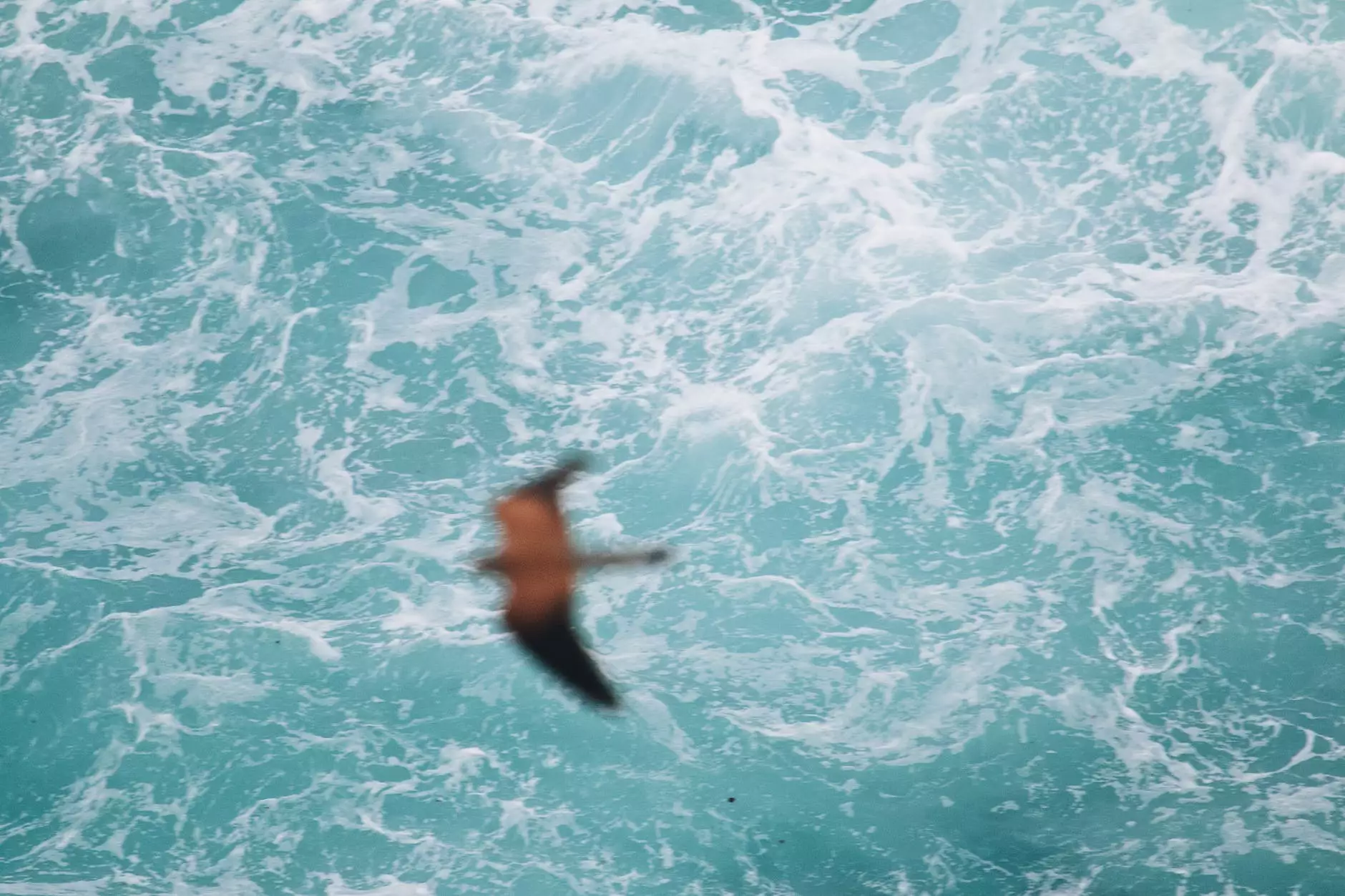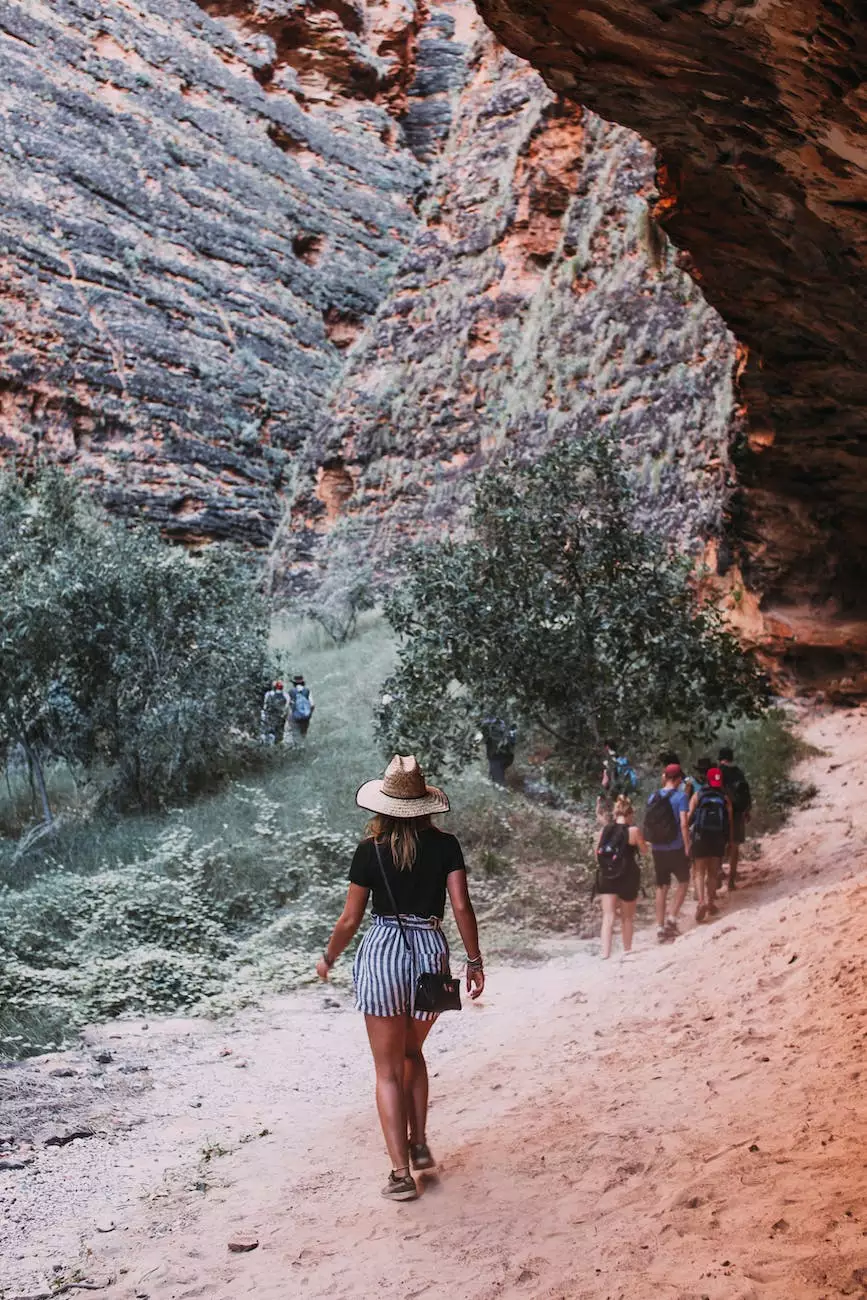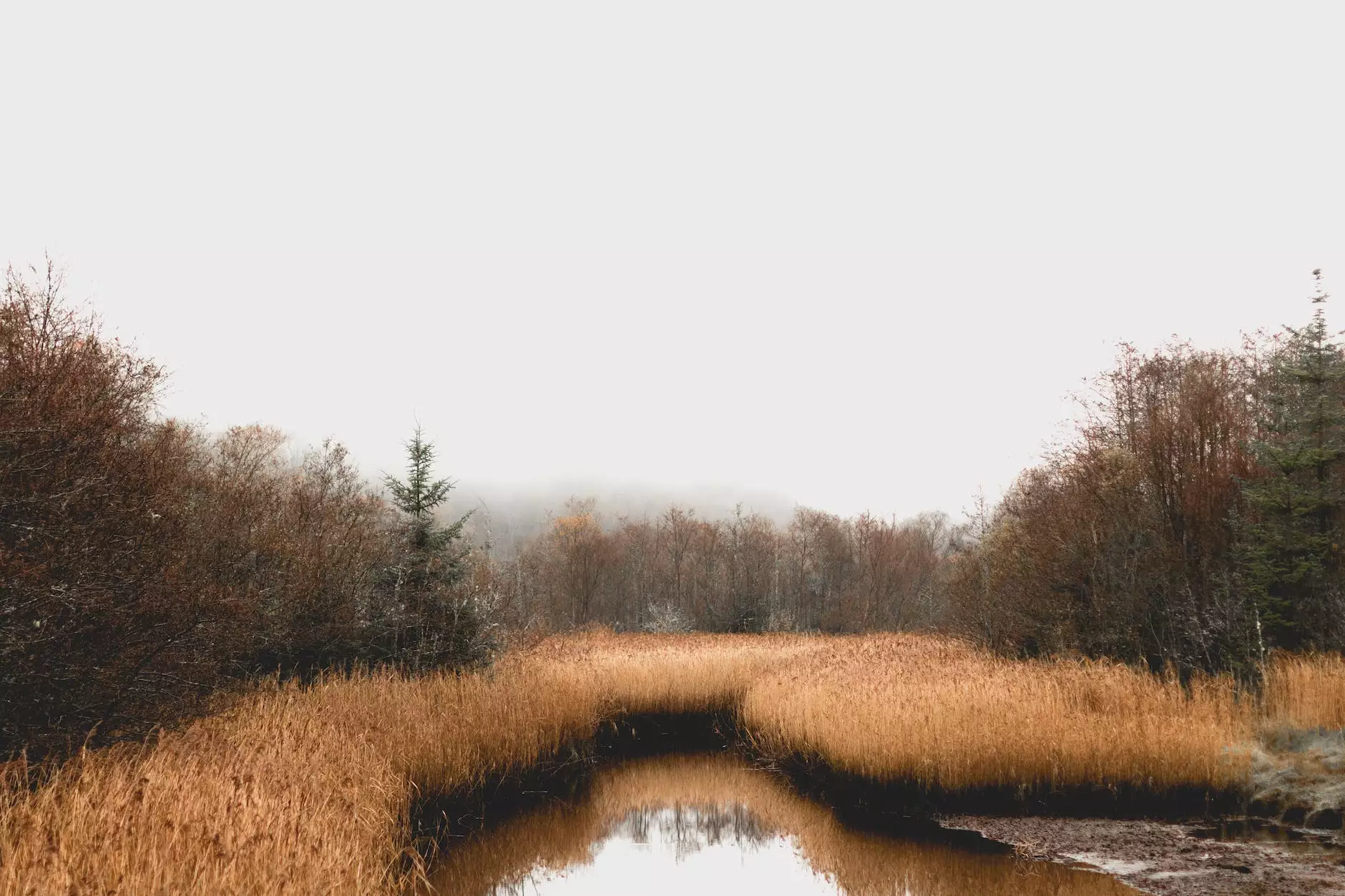Landscaping For Wildlife
Our Facility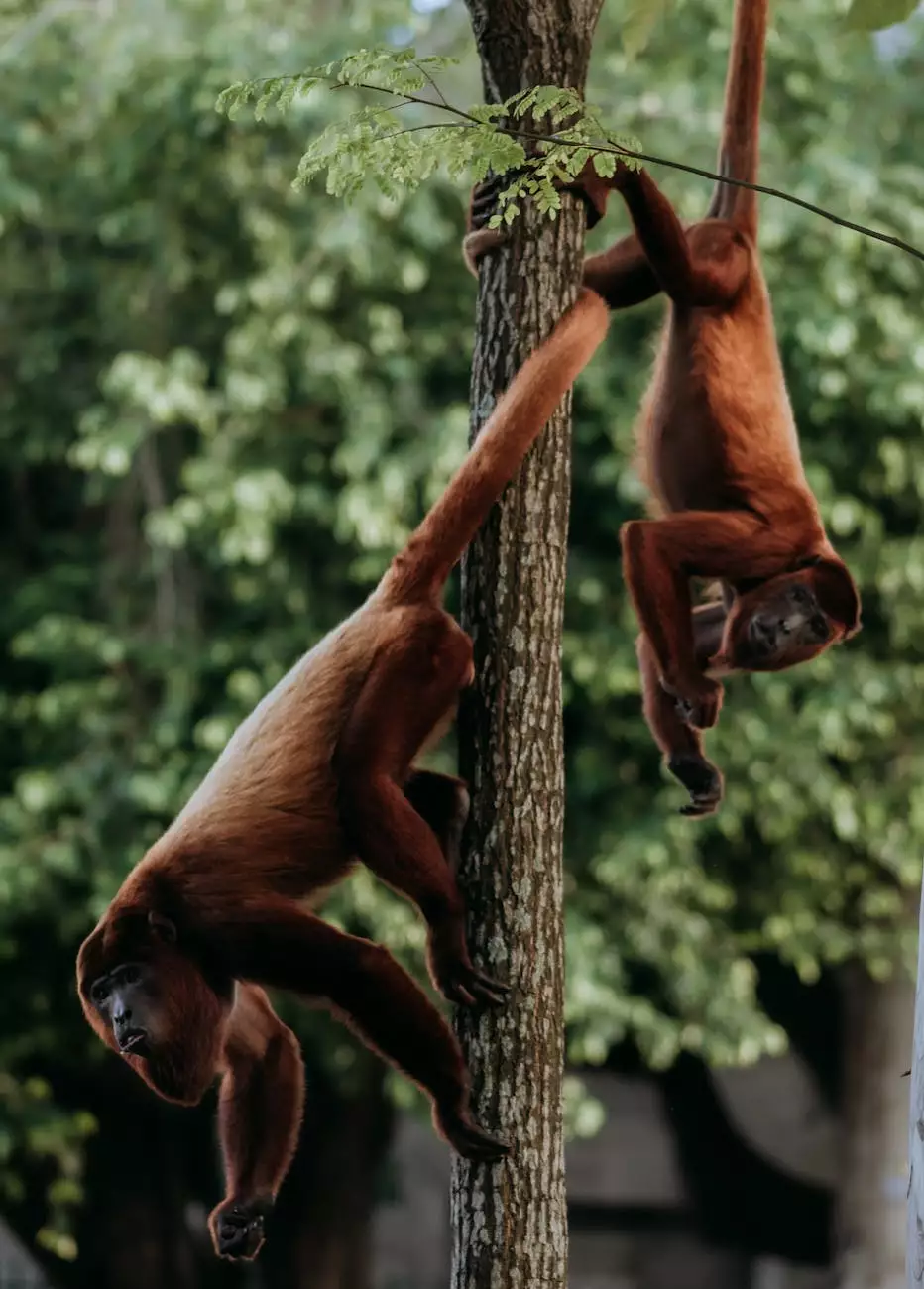
Welcome to Social Service of America's Landscaping For Wildlife program, where we provide essential guidance on creating wildlife-friendly landscapes that promote biodiversity. Our aim is to empower individuals and communities to make a positive impact on their local ecosystem by implementing sustainable practices in landscaping.
The Importance of Wildlife-Friendly Landscaping
Landscaping for wildlife is not just aesthetically pleasing, but it also plays a crucial role in maintaining the balance of our ecosystem. By providing suitable habitats, food sources, and shelter for various species, we can help support the local biodiversity and contribute to the overall well-being of our environment.
Promoting Biodiversity
Biodiversity refers to the variety of species in a given geographic area. Creating wildlife-friendly landscapes can contribute to the preservation and enhancement of local biodiversity. By incorporating native plants, preserving natural habitats, and providing resources for different species, we can attract a wide range of wildlife including birds, butterflies, bees, and more.
Native plants are especially important as they have coevolved with local wildlife, offering them food and shelter. Including a diverse array of plant species in your landscape not only promotes biodiversity but also helps maintain the delicate balance of the ecosystem.
Creating a Habitat
When designing a wildlife-friendly landscape, it is essential to focus on creating a suitable habitat for your desired species. Consider incorporating various elements such as water sources, nesting materials, and plants that provide cover and food throughout the year.
Water features, such as birdbaths or small ponds, can attract birds and other wildlife, providing them with a vital resource for drinking and bathing. Additionally, providing nesting materials such as birdhouses, butterfly houses, or bee hotels can encourage these species to establish homes in your landscape.
Plant selection is another critical aspect of habitat creation. Choose a variety of native plants that bloom at different times of the year to ensure a continuous supply of nectar and pollen for pollinators. Planting trees and shrubs that produce berries or fruits can also provide a valuable food source for birds and small mammals.
Best Practices for Wildlife-Friendly Landscaping
Building a wildlife-friendly landscape requires thoughtful planning and strategic implementation of sustainable practices. Here are some best practices to consider:
1. Native Plants
Native plants are adapted to the local climate, soil conditions, and wildlife populations. They are more likely to thrive and provide the necessary resources for the local wildlife. Incorporating a variety of native plants in your landscape will attract a diverse range of species.
2. Reduce Chemical Usage
Avoid using pesticides and herbicides as they can be harmful to wildlife. Explore alternative methods such as integrated pest management to control pests naturally. This helps maintain a healthy environment for both the wildlife and your landscape.
3. Sustainable Watering Practices
Water conservation is crucial in sustainable landscaping. Install efficient irrigation systems such as drip irrigation or rainwater harvesting systems. These methods help minimize water waste and provide the necessary hydration for your plants and visiting wildlife.
4. Maintain Healthy Soil
Nurturing healthy soil is essential for plant growth and overall ecosystem health. Use organic mulch, compost, and natural fertilizers to enrich the soil and reduce reliance on synthetic chemicals. Healthy soil supports the growth of native plants and provides a habitat for beneficial organisms.
5. Create Wildlife Corridors
Connect natural areas within your landscape to create corridors that allow wildlife to move freely. By providing interconnected habitats, you are facilitating the movement and genetic diversity of various species, contributing to the overall health of the ecosystem.
Get Involved with Landscaping For Wildlife
Social Service of America's Landscaping For Wildlife program aims to educate and support individuals interested in creating wildlife-friendly landscapes. Join our community of like-minded individuals and make a positive impact on your environment!
We offer informative workshops, hands-on training, and valuable resources to help you embark on your journey towards sustainable landscaping. Together, we can preserve and enhance biodiversity, one landscape at a time.
For more information and to get involved with our Landscaping For Wildlife program, visit our website at http://socialserviceofamerica.org/landscaping-for-wildlife.
